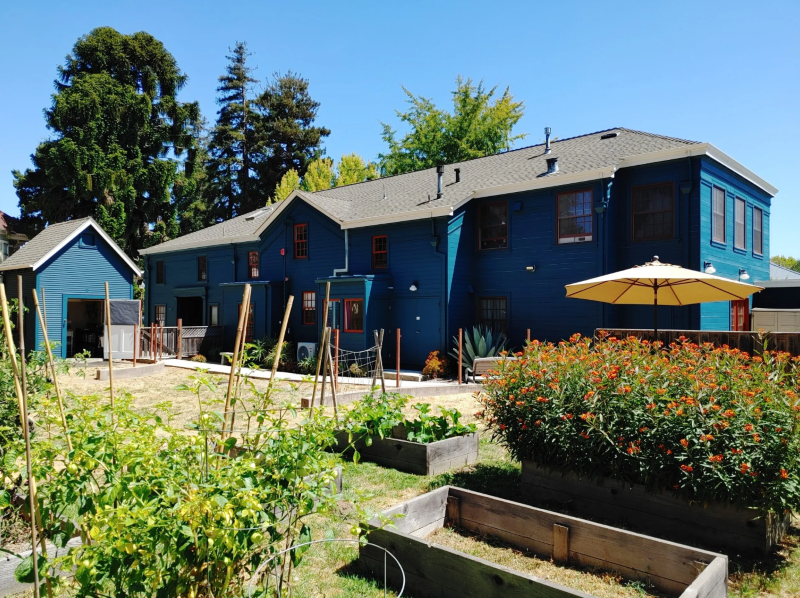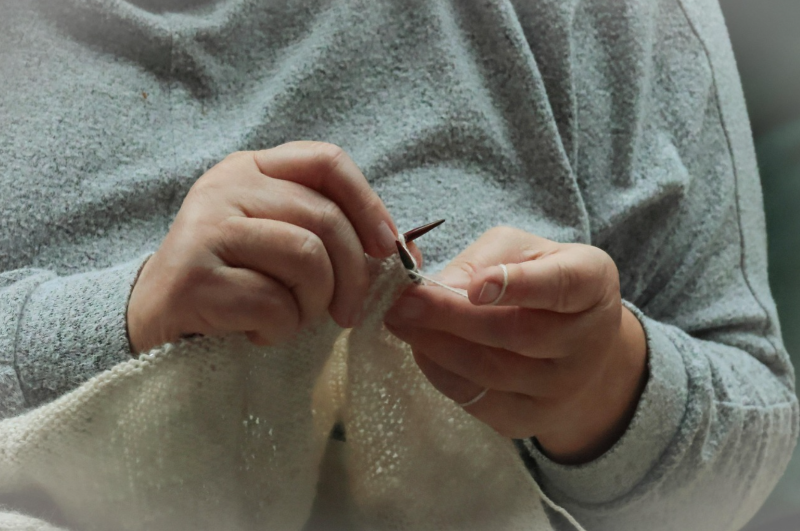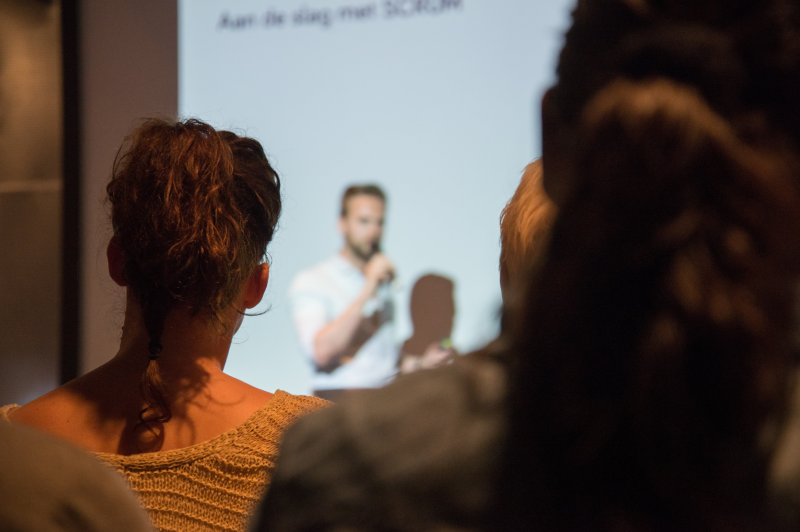
Learn how to build real connection through self-awareness, listening, and small daily interactions.
By Sergio Toledo
Editor-in-Chief, Heed to Heal
Introduction
In an age of nonstop notifications and surface-level social media interactions, true connection can feel harder to come by. Yet, meaningful human relationships remain essential to emotional well-being, resilience, and even physical health.
The good news? Connecting with others is a skill — and like any skill, it can be learned, practiced, and strengthened over time. Whether you’re feeling isolated, socially anxious, or just craving deeper relationships, there are gentle and powerful ways to open up to connection.
Why Human Connection Matters
Connection isn’t just “nice to have” — it’s a biological and emotional need. Research shows that people who feel socially connected experience:
- Lower rates of anxiety and depression
- Higher self-esteem and empathy
- Greater immune system function
- Longer lifespans [1][2]
On the flip side, loneliness has been linked to increased stress, poor sleep, and even heart disease [3].
Connection Starts with You
Before we can truly connect with others, we need to connect with ourselves. Self-awareness, self-acceptance, and curiosity about our own emotions make it easier to understand others.
Ask yourself:
- What kind of connection am I craving? (Friendship, support, understanding?)
- What gets in the way of me opening up?
- What values matter most in my relationships?
Self-reflection builds emotional intelligence, which is a key ingredient in strong, lasting bonds [4].
Practice Listening — Really Listening
One of the most underrated social skills is active listening. That means:
- Giving someone your full attention
- Avoiding the urge to interrupt or “fix”
- Reflecting back what you hear without judgment
People don’t always need advice — often, they just want to be heard. Practicing active listening makes others feel valued and builds trust naturally [5].
Start Small: Micro-Connections Matter
You don’t have to dive into deep talks right away. Tiny, everyday moments of connection can build social confidence and reduce feelings of isolation:
- Smile at your barista
- Say hello to a neighbor
- Ask a co-worker how they’re really doing
These “weak ties” — casual, friendly interactions — have been shown to boost mood and even increase your sense of belonging [6].
Be Open, Not Perfect
Perfection isn’t relatable — vulnerability is. When you’re willing to share a little bit about your challenges, fears, or quirks, you give others permission to do the same.
Try saying:
- “I’ve been feeling a little off lately. You ever get that way?”
- “I’m not great at small talk, but I’m glad we’re chatting.”
- “I’m working on being more open — thanks for being patient with me.”
True connection grows through honesty, not polish.
Self-Care Supports Social Connection
It’s easier to show up for others when your own cup isn’t empty. Simple self-care practices like sleep, nourishment, and emotional boundaries help you stay grounded in relationships. When you’re well-rested and emotionally regulated, you bring more presence to your interactions.
Join Something Bigger Than You
Consider joining a group or community where people share a common interest or goal:
- Book clubs, art workshops, hiking groups
- Volunteering for a cause you care about
- Online communities focused on self-care or healing
Shared purpose naturally creates a sense of belonging. Plus, doing things alongside others can reduce social anxiety and make conversation flow more easily.
Final Thoughts
Learning to connect is a journey, not a race. It’s okay to feel awkward, nervous, or unsure at first — that just means you’re human. What matters is showing up, again and again, with an open heart and a willingness to be real.
Connection doesn’t require a perfect personality. It requires presence, curiosity, and a little bit of courage. Start where you are. Reach out in small ways. And remember: the people who are meant to connect with you will be drawn to your authenticity, not your perfection.
References
- Holt-Lunstad, J., Smith, T.B., & Layton, J.B. (2010). Social relationships and mortality risk: A meta-analytic review. PLoS Medicine, 7(7), e1000316.
- Umberson, D., & Montez, J.K. (2010). Social relationships and health: A flashpoint for health policy. Journal of Health and Social Behavior, 51(Suppl), S54–S66.
- Cacioppo, J.T., & Patrick, W. (2008). Loneliness: Human nature and the need for social connection. W.W. Norton & Company.
- Goleman, D. (1995). Emotional Intelligence. Bantam Books.
- Weger Jr, H., et al. (2014). Active listening in peer interviews: The influence of message paraphrasing on perceptions of listening skill. International Journal of Listening, 28(1), 13–31.
- Sandstrom, G.M., & Dunn, E.W. (2014). Is efficiency overrated? Minimal social interactions lead to belonging and positive affect. Social Psychological and Personality Science, 5(4), 437–442.
Originally published by Heed to Heal, 06.19.2025, under the terms of a Creative Commons Attribution-NonCommercial-NoDerivatives 4.0 International license.







